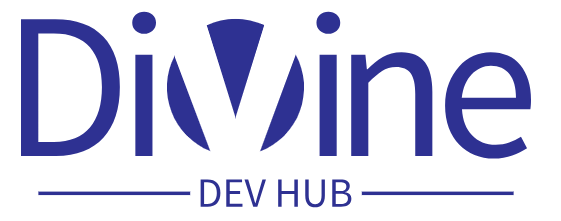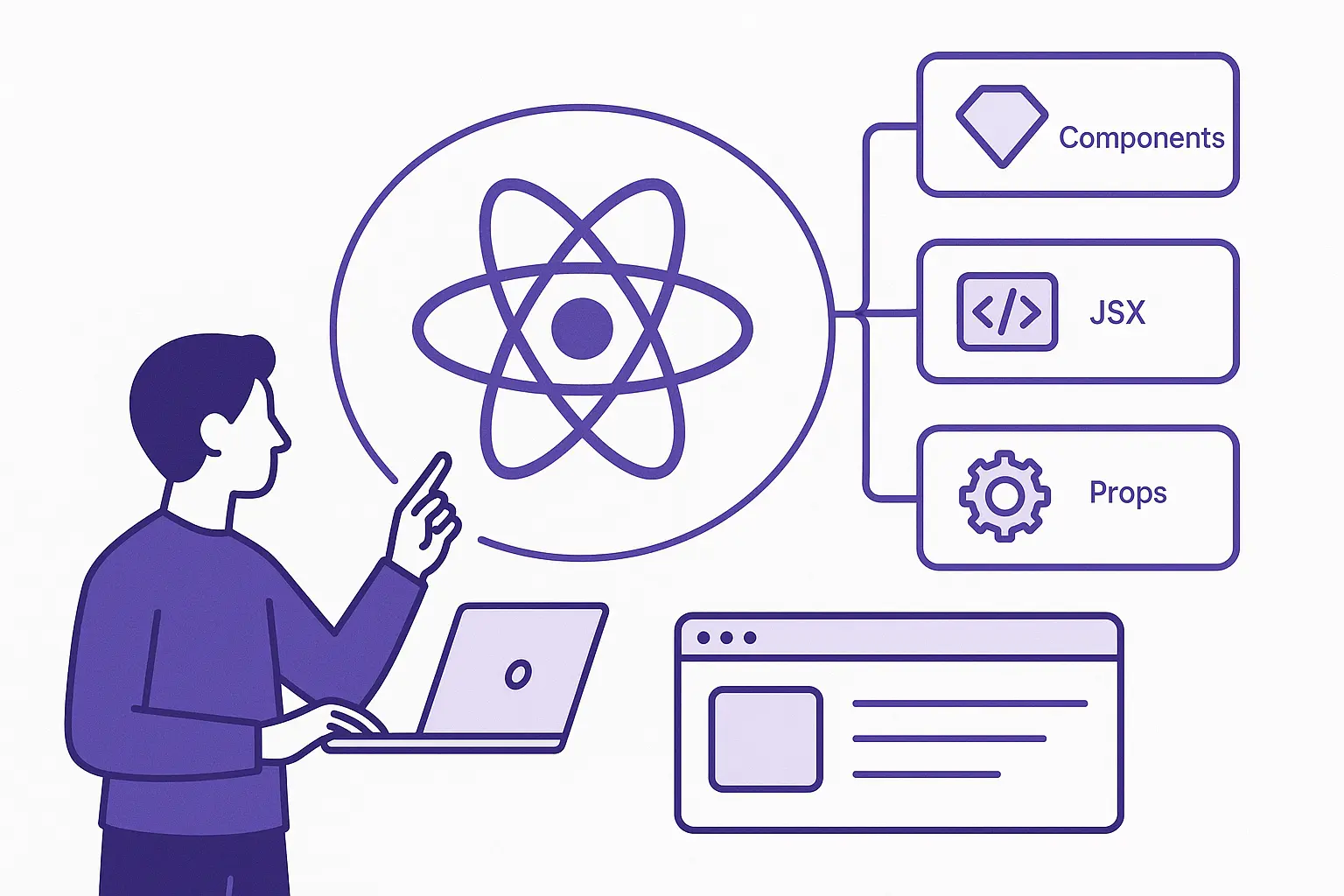Subtotal $0.00
Getting Started with React JS
React JS is a popular, declarative, and component-based JavaScript library used for building dynamic user interfaces. Whether you’re developing a simple web app or a full-fledged front-end for a complex project, it offers a fast, efficient, and modular approach to UI development.
In this beginner-friendly guide, you’ll learn what this library is, why it’s widely used, and how to start building your first interactive application.
What is React JS?
This JavaScript library, originally developed and maintained by Facebook (now Meta), allows developers to create reusable components that manage their own state. These components are small, independent pieces of UI that come together to form a complete application. This library uses a virtual DOM to efficiently update and render the right components when data changes, improving performance.
Learn More: Check out the official documentation for in-depth tutorials and API references.
Why Choose React JS?
This library has become one of the most in-demand JavaScript libraries for modern front-end development. Here’s why:
- Declarative Syntax:
This library simplifies the process of creating interactive UIs by using a declarative syntax. Rather than focusing on how to render components, you describe what you want to display, and the library handles the rendering. - Component-Based Architecture:
Applications are built from reusable components, which makes the codebase more modular. This approach not only reduces redundancy but also enhances maintainability and streamlines development. - Virtual DOM:
The Virtual DOM optimizes performance by updating and re-rendering only the components that have changed, ensuring smoother user interactions and faster load times. - Mobile Development with React Native:
The ecosystem extends beyond web apps with React Native, enabling developers to use the same knowledge to build native mobile apps for both iOS and Android, streamlining cross-platform development.
Setting Up Your Environment
To start developing with this framework, follow these steps:
Prerequisites:
- Install Node.js (includes npm)
- A code editor like VS Code
- Basic understanding of HTML, CSS, and JavaScript
Create Your First App:
Open your terminal and run:
npx create-react-app my-first-app
cd my-first-app
npm start
This will start your development server and open your app in the browser.
create-react-app is an officially supported tool that sets up everything you need to run an app.
After setting up the environment:
- Create components (
Header,Footer, etc.) - Learn about routing using
react-router-dom - Explore Hooks like
useStateanduseEffect - Manage global state using Redux or Context API
- Add styling using CSS Modules, Styled Components, or Tailwind CSS
You can then deploy your project using platforms like Vercel, Netlify, or GitHub Pages.
Understanding the Basics
1) JSX – JavaScript + XML
JSX lets you write HTML-like syntax within JavaScript code, making component structures more intuitive.
2) Props and State
- Props: Allow data to be passed from one component to another.
- State: Local data managed within a component.
3) Example Component
import React, { useState } from 'react';
function Counter() {
const [count, setCount] = useState(0);
return (
<div>
<p>You clicked {count} times</p>
<button onClick={() => setCount(count + 1)}>
Click me
</button>
</div>
);
}
Common Beginner Mistakes to Avoid
- Mutating state directly (use
setStateoruseState) - Forgetting to use
keyprop when rendering lists - Overusing Redux before it’s needed
- Ignoring component structure and reusability
Learning Resources
- Official Documentation: The React.dev Documentation provides comprehensive guides, tutorials, and API references.
- Online Courses: Platforms like Udemy, Coursera, and Codecademy offer courses on React.js for beginners to advanced developers.
- Community and Forums: Join its communities on Reddit, Stack Overflow, and Discord to ask questions, share knowledge, and stay updated with the latest trends.
Conclusion
This library revolutionizes front-end development by offering a powerful and efficient way to build interactive user interfaces. Its component-based architecture, virtual DOM, and ecosystem of tools make it a preferred choice for developers aiming to create modern web and mobile applications. By mastering React.js, you’ll not only enhance your development skills but also unlock endless possibilities for building dynamic and responsive applications.

